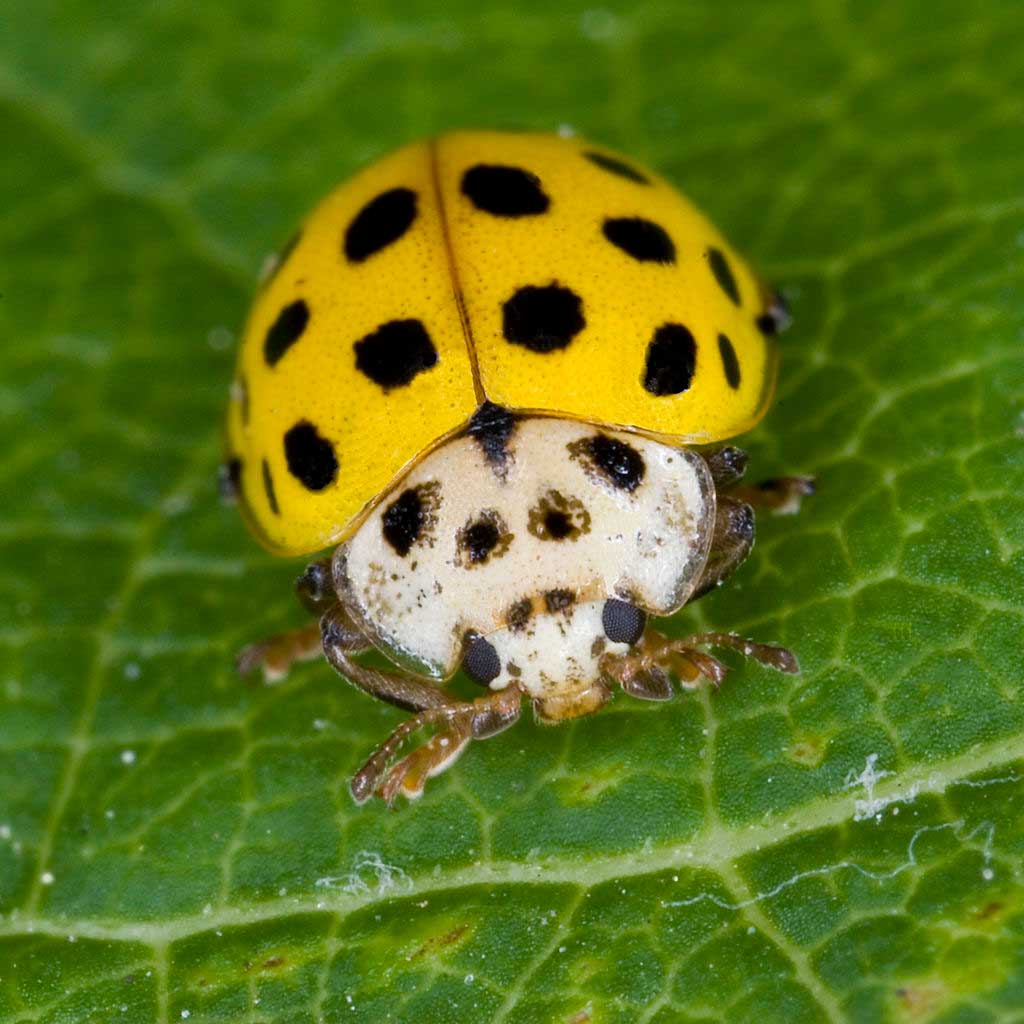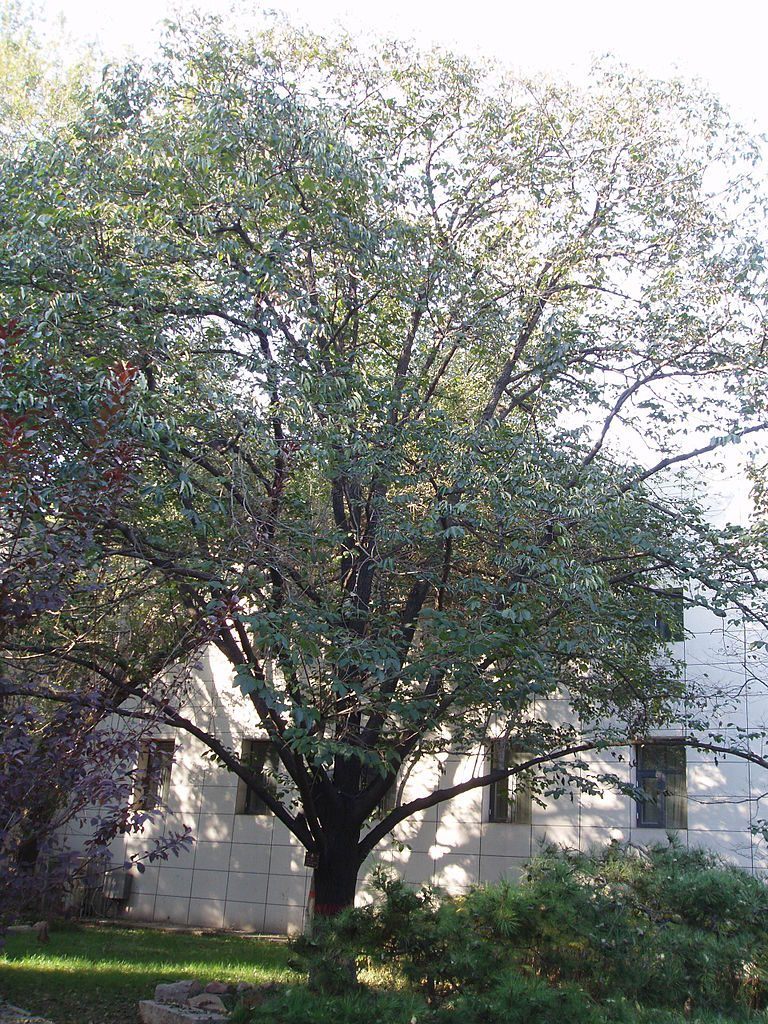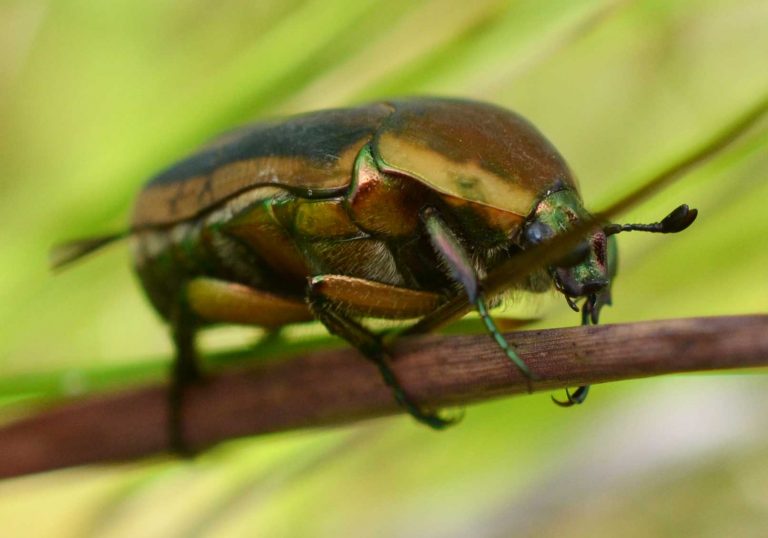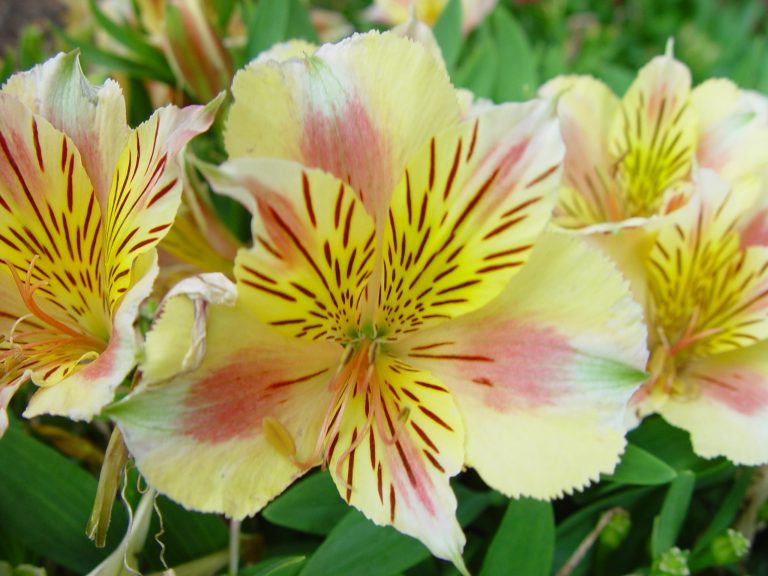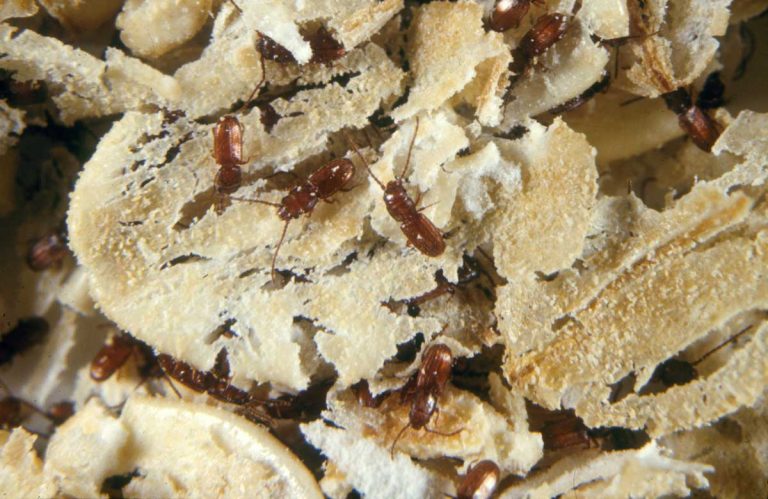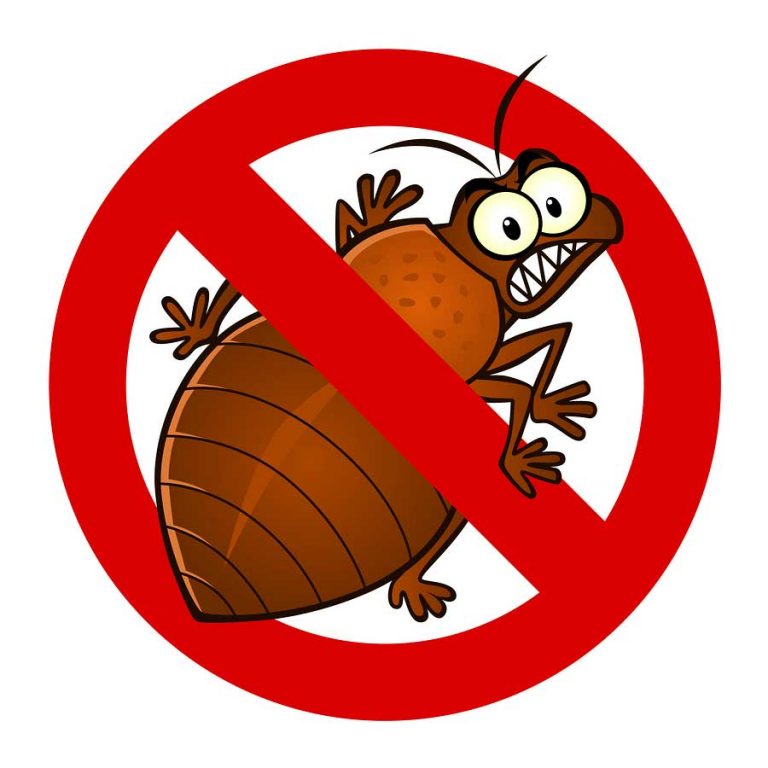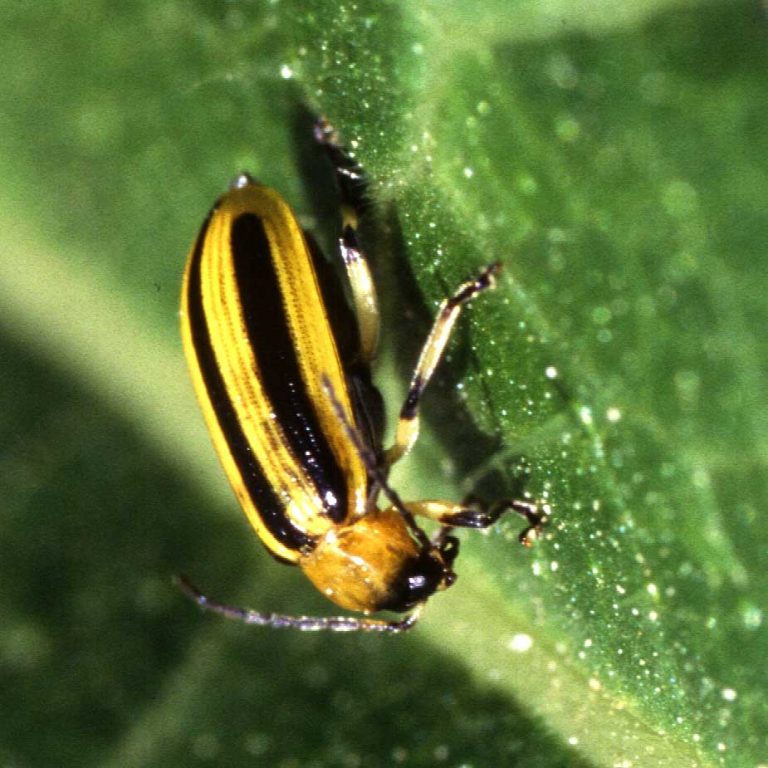Yellow Ladybug – Biological Characteristics Of “Lucky” Beetles
Ladybugs are tiny beetles found all around the world. There are more than 6,000 species of ladybugs known today. The most common among all species are red ladybugs. However, those little critters also come in pink, black, white, and yellow.
One of the most beautiful types is yellow ladybugs. Those cute creatures are often called ladybeetles or ladybird beetles. Even more, they are considered to be a symbol of good luck.
In US they call ladybirds as Lady Bugs. In Europe they are called by the name Lady beetles. They are also called, in the United Kingdom by the regional names like May-Bug, Lady-Cows, Golden-Bugs, Golden-Knop. There are also differences between Bishop-Barnaby (Norfolk Dialect) – Burnabee, Barnabee, Bishy Barnabee and Bishop-that-Burneth. According to the universal myth, the age of the Ladybird is indicated by the number of spots on its back.
The world over, there is a false notion that you are unlucky if you kill a Ladybird and also a ladybird brings good fortune if you are in its vicinity.
Scientific Classification
| Kingdom: | Animalia |
| Phylum: | Arthropoda |
| Class: | Insecta |
| Order: | Coleoptera |
| Suborder: | Polyphaga |
| Superfamily: | Cucujoidea |
| Family: | Coccinellidae |
Description
The Ladybird is famous for the spots on its body, which are normally black and red; however, frequently, they are seen in yellow and orange colors. They are also known for eradicating the garden pests very smartly. There is a belief that you are lucky if a Ladybird lands on you, and all they say that you become very unlucky if you happen to smash it!
The yellow ladybirds are tiny creatures, which hardly grow to over one cm. Long. The legs of the Ladybird are long and black in color. Their shell is colored with bright colors, which give protection to their wings, hidden underneath the spots.
The Ladybirds lay their eggs in tiny clusters, mostly adhering to leaves. After a week, the eggs hatch. The six legged wingless larvae is quite mobile, the larvae are black in color having tiny white or orange markings. Prior to pupating, the larvae molts thrice. The larvae are attached to stems, leaves or rocks. They are black and orange in color. The freshly emerged adult is yellow, prior to the hardening of its wings
Behavior and Food
The yellow Ladybirds hibernate as soon as the warm summer climate starts to cool. The Ladybird hibernates in big clusters, in locations they use every year. It is also learnt that they hibernate in this collective fashion, so as to enhance their opportunity of surviving throughout the cold winter. The belief is that the Ladybird releases pheromones while hibernating; this attracts the other ladybirds to hibernate in the same location.
Yellow ladybirds are frightening predators inside their territory; they are called gardener”s friends, because they chew every tiny pest which eats the plants. The main food of the Ladybirds is greenfly, aphids, plant-lice and several tiny insects. It is learnt that the standard ladybird eats over 5.000 aphids in just a year.
Predators
A great many animals and birds prey on the Ladybirds in their vicinity. They are reptiles, birds, small mammals, amphibians, other insects and rodents. People believe that the starving predators get frightened by the bright colors of the Ladybird; they have a feeling that it is venomous and has a repulsive taste.
Reproduction
Yearly the yellow female Ladybird is able to lay over 2,000 eggs, which hatch in a few days time. The larvae of the Ladybird hatched from the eggs, do not resemble the adult Ladybird in any way, since the larvae normally have a single color and it is long. The following two weeks, the larvae of the Ladybird develop into a Ladybird pupa, of almost the same color and shape as that of the adult Ladybird, the only difference being the protective covering until its wings are developed. After developing, it emerges out of the skin around it to evolve into an adult Ladybird.
With Humans
Habitat loss and changes in climatic conditions, leads to the ladybird to becoming one among the varieties of animals fearing extinction. There are incidences where Ladybirds are specially considered as temperature sensitive and decease in numbers under dehydration, in hotter than permitted temperatures.
Biology of Yellow Ladybugs
Nature lovers around the world adore ladybugs because of their bright colors, which simply bring happiness. Eventually, yellow ladybugs will also be beneficial for farming crops too. Why? Because those graceful tiny insects eat the aphids and pests that harm farm plants. One ladybug can eat as many as 5000 insects in its life.
Those little yellow bugs are found in Asia, Oceania, and North America. Yellow ladybugs have black spots or black marks on the back. They are characterized by six legs and dome-shaped bodies. Depending on the species, they can have spots, markings, stripes, or be plain.
Why Do Ladybugs Turn Yellow?
Yellow ladybugs have color patterns developed according to their genetics. Colors are an essential protection mechanism against the threat. Generally, the brighter the insect is, the more poisonous it is. The vivid coloration warns predators that they can be poisonous when, in reality, they are harmless.
One very interesting fact about those unique creatures is that they can protect themselves by playing dead. The main threats to the yellow ladybugs are birds, frogs, wasps, dragonflies, and spiders.
Types of Yellow Ladybugs
Some genera of yellow ladybugs have black spots that are often quantified and come in the same numbers. Generally, their names are based on the number of spots that those tiny creatures have.
When they get out of pupa, they develop a light yellow color, which after some time settles into a brighter yellow. The shade of color can be different depending on the genus and gender. Males might have a brighter yellow color in comparison to females, which come in a relatively faded yellow.
14-spotted Lady Beetle
14 spotted Lady Beetles are also called Propylea Quatuordecimpunctata. Those yellow ladybugs come from the family of Coccinellidae. Adults are 3.5 to 4.5 millimeters long. The coloration of those beautiful beetles varies from orange to yellow. As one could guess from its name, it has 14 spots on the back, which are oval but have more rectangular shapes. Typically, those spots are connected.
The fourteen-spotted yellow ladybug is found in numerous habitats such as lowlands, subalpine areas, forests, meadows, and fields. Also, they are often seen in gardens and parks. Those lady beetles’ habitats are Europe, North Africa, Cyprus, Western Asia, the Caucasus, Siberia, China, North America, and Korea. This species of ladybug can be found all around the world.
16-spotted Yellow Ladybug
The 16-spotted yellow ladybugs are also known as Tytthaspis sedecimpunctata. They come in a beige color, and as they get old, they develop a prominent yellow hue. The number of spots can vary, but generally, they come with 16 spots.
16 spotted beetles prefer dry and sandy areas to live in. They tend to be found in dunes. However, they are often present in the grasslands and meadows. Those little bugs love to be out in the summer months to enjoy and eat as much pollen and nectar as possible. Their diet also includes pests such as aphids, mites, and thrips.
22-spotted Yellow Ladybug
Psyllobora vigintiduopunctata is the biological name for 22-spot yellow ladybugs. They grow to 3 to 5 millimeters long and are usually found in Europe. As you would guess from their name, 22-spot ladybugs have yellow elytra and, eventually, they come with 22 black spots.
Unlike the 14-spotted yellow ladybug, this one has more circle-shaped dots, and those dots are not connected. Another unique thing about this particular species is that it does not feed on aphids and eats mildew. They especially enjoy eating the umbellifers, shrubs, and other low vegetation.
Squash Lady Beetle
Epilachna Borealis is also called a Squash Lady beetle. This beetle is entirely yellow and is covered in black spots. Some farmers believe that the squash lady beetle is a sign of bad news. Thai little insects love squash and plants from the squash family, such as cucumbers and zucchini. However, they can also cause some harm to the flowers and plant’s leaves. So, if other ladybugs are a kind of help for farmers, this one is considered to be harmful.
This particular species is sometimes mistaken for the cucumber beetle because of the similarities in their appearances. The squash beetle lays its eggs on the cucurbitaceous plant surfaces and underneath the leaves.
Fungus-Eating Yellow Ladybug
The fungus-eating yellow ladybug is also known as the Illeis galbula. This particular species comes from the Coccinellidae family. They are native to Australia. However, they can be found in various countries, such as the North Island, New Zealand, and New Guinea.
Those yellow ladybugs grow up to 55 mm in length. An interesting fact is that the larvae of this beetle can be as long as 10 mm. They are gray in the larvae stage but adults have dark yellow markings on their backs with black joint spots.
Those interesting beetles move pretty fast, and when threatened, they can fly and drop instantly. They feed on the pumpkins, zucchini, mildew on the crops, wattles, and private pollen.
Neda Norris
Neda Norris’s yellow ladybug can be considered one of the rarest types. This species is not well explored and, therefore, there is a lack of information. This beauty is native to North America. They are also known for having yellow eggs. Neda Norris enjoyed eating mildew.
They are partially yellow and have black spots on the back that connect slightly. Their shapes are a little different from regular yellow ladybugs; they have a shield-like shape, and the backs on the sides are not circled but flattened.
Variegated Fungus-eating Yellow Ladybug
The Psyllobora variegata is one of the most interesting and beautiful yellow ladybug species. This one comes in different colors. Their pattern is expressed in three main colors: yellow, black, and white. In some variegated varieties, there is a red color too. Like many other yellow ladybugs, they enjoy eating fungus too.
Black-bordered Orange Lady Beetle
Black-bordered Orange Beetle known as Neda Marginalis is a truly beautiful tiny bug. This particular ladybug is native to North America. They have a black-bordered body that is covered in an orange-yellow color. Normally, they have more yellow on the top and gradually turn orange at the bottom. All of them are different, and their coloring is mainly dependent on environmental factors. Unlike other ladybugs, this one comes with a minimum number of black spots.
Yellow Ladybug Symbolism
Different types of ladybugs are often given symbolic meanings. For example, the red ladybug symbolizes personal power, protection, and freedom. However, the yellow lady beetles have a little different association. They are connected with joy, positivity, and happiness.
In Australia, the yellow color symbolizes happiness, and the appearance of yellow ladybugs is considered to bring good luck. No matter how difficult the situation is, when people see the yellow ladybugs, deep down they feel that everything will be fine. Therefore, they also bring psychological relief.
In some cultures, if the yellow ladybug lands on you, you will get a profit or have success in your plans. Prosperity is often associated with those golden bugs.
Does a Yellow Ladybug Bite?
Yes, as strange as it may sound, the yellow ladybugs do bite. Even though they are small in size, they still have mandibles to protect themselves, catch small prey, or bite on plants. Most of the time, yellow ladybug bites are so tiny that they are impossible to find. They have neither venom nor poison, and therefore, even if they bite animals or humans, it is safe.
What Do Yellow Ladybugs Eat?
Yellow ladybugs eat small insects as long as they are vegetation. Almost all species of yellow ladybug love the mildew. Mildew is a fungus that grows on the leaves and flowers of different plants. They can be pretty “picky eaters.” Therefore, some species can only be found in a specific location.
Soft-bodied insects are one of the favorite foods of yellow ladybugs. They tend to hunt for aphids. This is good because aphids are pests that generally eat corpses and vegetable flowers. Therefore, the ladybugs can be saviors for farmers by controlling the population.
Bottom Line
Ladybugs are one of the most beautiful and vibrant insects. Yellow ladybugs are bright, colorful beetles that can be found all around the world. The majority of species of yellow ladybug are known to benefit farmers by controlling the pest population.
Those little bugs have a spiritual significance and are symbols of happiness and prosperity. So, when the yellow ladybug lands on you, do not worry. They are friends, and if you truly believe they will eventually bring you luck and happiness.

Having discovered a fondness for insects while pursuing her degree in Biology, Randi Jones was quite bugged to know that people usually dismissed these little creatures as “creepy-crawlies”.

